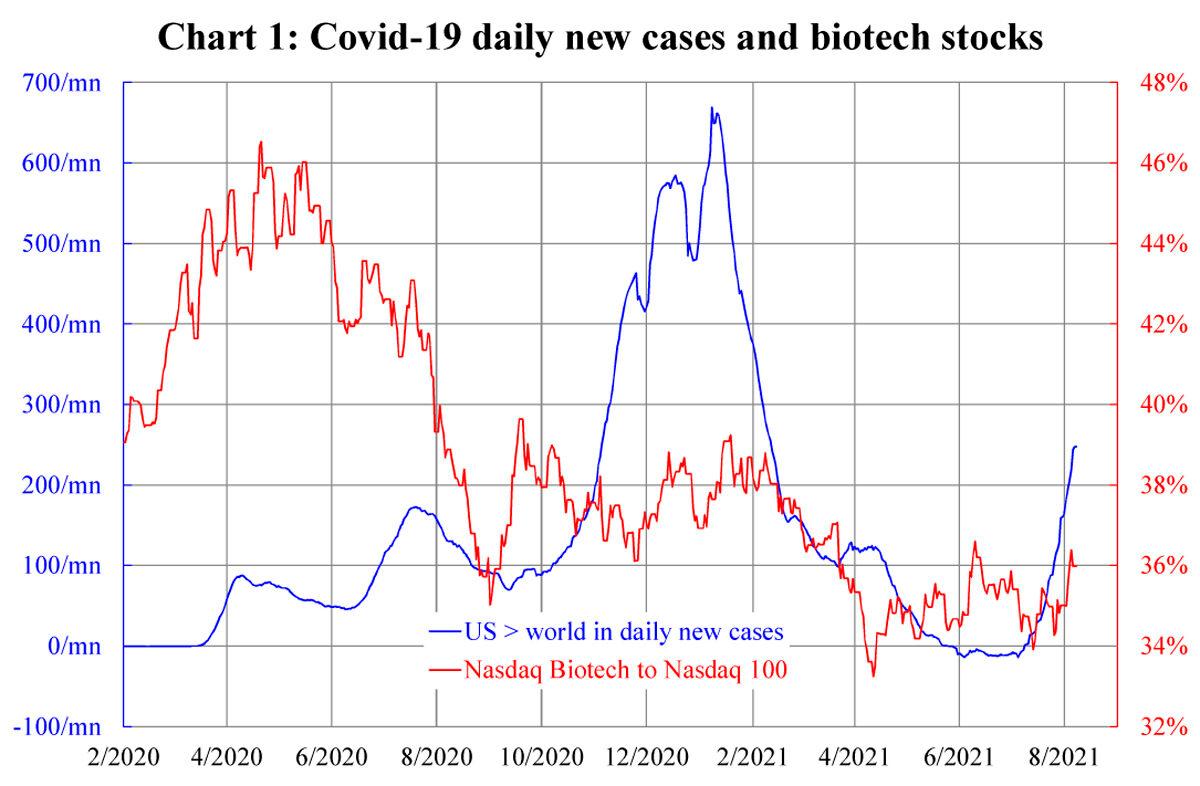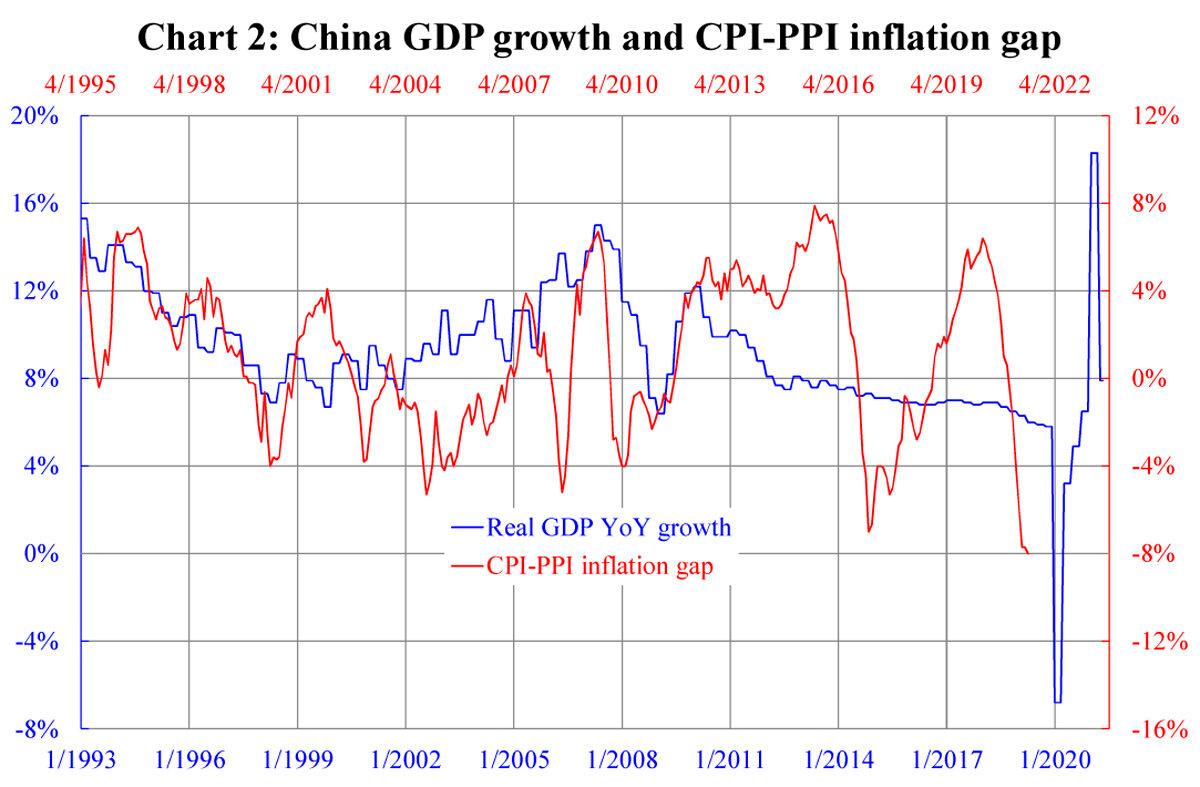The biggest news over the past week must include U.S. jobs growth. News of the nearly 1 million more jobs available in a month is certainly exceptional. Before 2020 when the United States achieved historically low unemployment rates, one-fourth or one-fifth of this was regarded as significant. The latest release called the Federal Reserve and the market to action. The Federal Reserve Board confirmed the urgency to taper that could start in a month or two. While the market was hesitating about the Fed’s determinism, the 10-year Treasury yield reversed the recent downtrend since mid-May.
But the reverse was still mild and yet to be confirmed. Despite the 10-year yield going up by nearly a quarter (25 basis points), it was very far from the previous top of 1.78 percent. Likewise, the strength of the dollar index was capped by peaks ranging from 93.2 to 94.8. Because of this, other markets including equities and commodities did not move much, albeit they edged up a bit. The market seems to still be digesting the pros and cons of tapering: While tightening under strong employment is generally a good signal, COVID-19 being widespread in the United States again is worrying.
This explains why the overall market has been by and large intact except for some sectors. Biotech stocks surged a lot riding on the concept of widespread vaccination. However, certain Nasdaq listed stocks have obviously gone too fast, outstepping the +2 standard deviation of semi-logarithmic uptrend channels (stock prices are logarithmic, while time is linear). Assuming a symmetric distribution on both up and downsides, this means stock prices are already within the 2.5 percent highest regions of their uptrends. Mean-reversion suggests this is unsustainable.

Aside from this, biotech stocks on the whole are probably less promising than you think. Chart 1 shows the ratio of the Nasdaq biotech index to its main index (Nasdaq 100) expressed in percentage form. This gives how the biotech sector “outperforms” the overall growth enterprise market (GEM) board. The trend since the outbreak of COVID-19 in March 2020 is disappointing: It fell from the peak of 46 percent to the recent 36 percent. To see whether biotech stocks have benefited from widespread COVID-19, Chart 1 also shows (in blue) the severity in the United States relative to the world by computing the difference in daily new cases per million people. The conclusion is clear even by eyeballing: No consistent correlation is found between them.
Given how funds flow between sectors, can we say there seems no imminent danger in the stock market? This depends on how you define danger (or safety). It’s sufficient to claim there should not be a bear market ahead given the yield curve is still steep, implying no recessions in the upcoming one to two years. However, a decent correction up to some 15 to 20 percent or even more can happen any time as it has never happened in the past five quarters. No one can tell exactly what will be the catalyst to trigger this, but we can infer that it should be something related to global tapering or even tightening. If all countries are doing the same it will be fine, but different stock markets have performed differently, and policies are unlikely to be similar.
A good example or counterexample is China. While most countries are worrying about inflation, China’s is coming down. Economic historian Michael Bordo has documented that inflation, if high enough, used to be a global phenomenon. Yet China is not experiencing low inflation, but near double-digit PPI inflation that fails to pass through to CPI inflation. If no manipulations have been made to the statistics, then there can only be two possibilities: The low final goods inflation is either an outcome of government regulation or a market outcome.
The Chinese regime did regulate on raw material prices. This suggests the second conjecture is more likely. To see this, Chart 2 hypothesizes that the failure to raise output price with regard to the high input price is a result of weak aggregate demand, thus the decline of economic growth should imply the same downtrend for the CPI–PPI inflation gap. Using full-time series from the beginning of data records, the correlation between the two is obvious, with the real activity growth phase leading the output-input inflation gap by nine quarters. Although GDP growth has been “made steady” in recent years, the conclusion holds well.

As low inflation confirms weak real growth, China’s policy direction will not be in line with advanced economies. The former easing at the same time the latter tightens will create unilateral capital flow pressure where financial assets and economic investments will be subject to upcoming headwinds. The same threat would be posed to the economy were China to follow the rest and tighten. An undervalued stock price does not automatically imply investment value. Only markets with a promising real-growth outlook are worth putting money into.






Friends Read Free